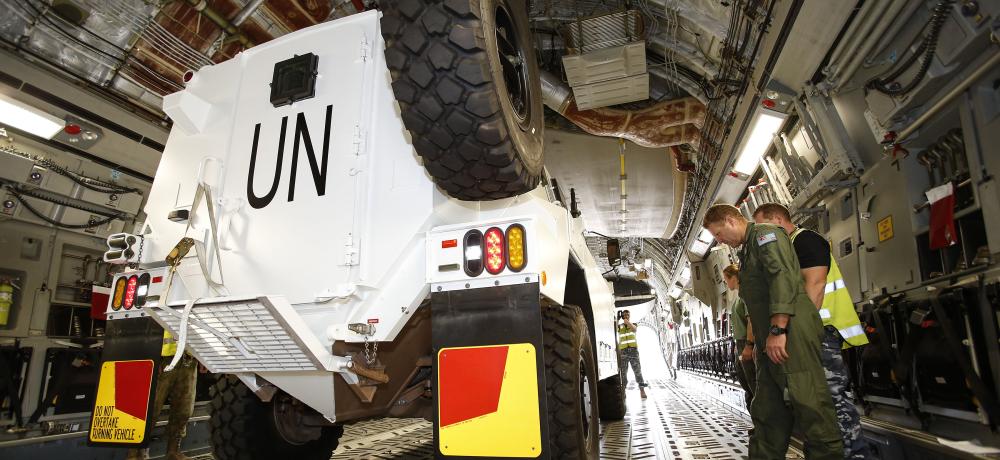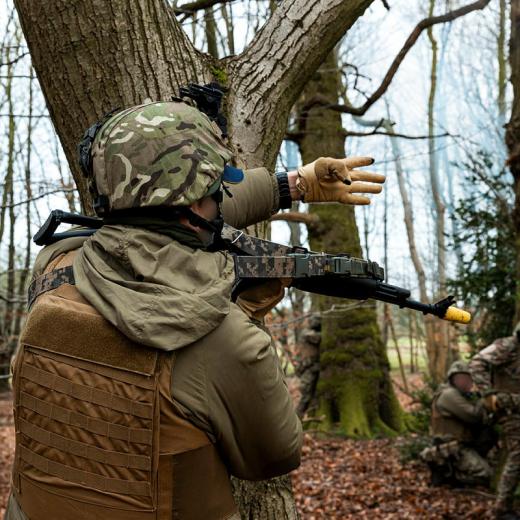BLUF
A lot of research is being undertaken to predict future conflicts—and the results are fascinating.Summary
Despite a plethora of well-researched books on past military conflicts, comparatively little research goes into predicting the frequency and severity of future wars. However, national security author Christopher Joye says reliable modelling now exists to assess the likelihood of conflicts occurring. Joye’s own company’s research indicates the following:
A low-intensity military conflict between Taiwan and China over the next ten years has a probability of around 75 per cent.
The probability of a low-intensity military conflict over the next decade between the US and China is around 46 per cent.
The likelihood of a low-intensity conflict between the US and Russia is at 30 per cent.
A low-intensity conflict between China and Russia—44 per cent.
A low-intensity conflict between China and Japan—46 per cent.
A low-intensity conflict between China and India—55 per cent.
China and India have a 22 per cent likelihood of engaging in a war in the next decade.
The likelihood of outright war between China and the US is 12 per cent; between China and Taiwan is 11 per cent, and between China and Japan is 10 per cent.
Interestingly, the risk of outright war between the US and Russia is just 2 per cent.
Beyond providing a better understanding of potential future conflicts, this type of modelling could also help politicians to convince their constituents not to undervalue defence spending.
References
Jan 2020 Financial Times Future of warfare: high-tech militias fight smouldering proxy wars
Jun 2020 Towards Data Science Predicting Future Wars
Jun 2021 The Guardian ‘At first I thought, this is crazy’: the real-life plan to use novels to predict the next war
Aug 2021 ASPI The US and China are not destined for war
Sep 2021 ASPI Closer Taiwan ties show alignment of Australia’s economic and strategic priorities





